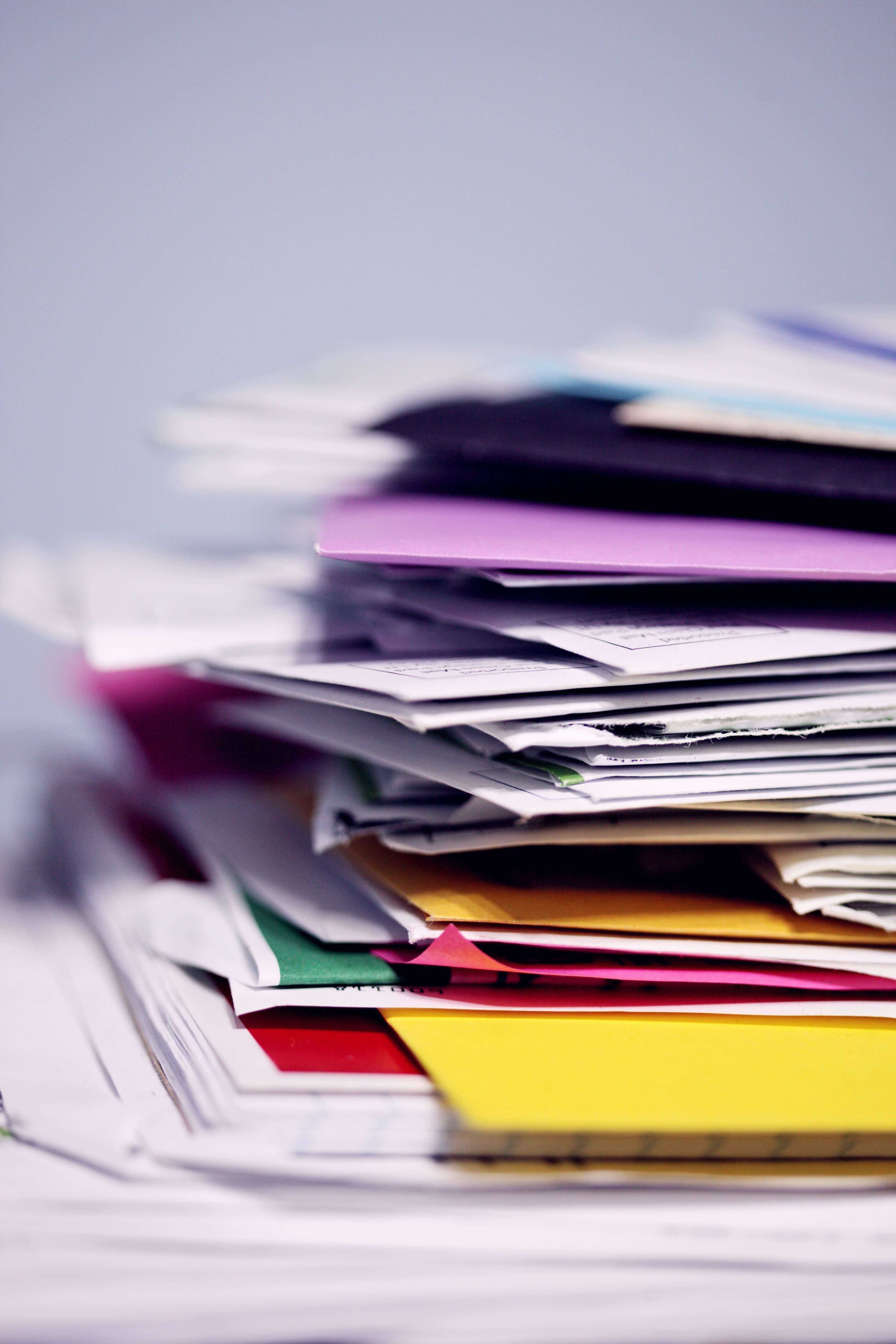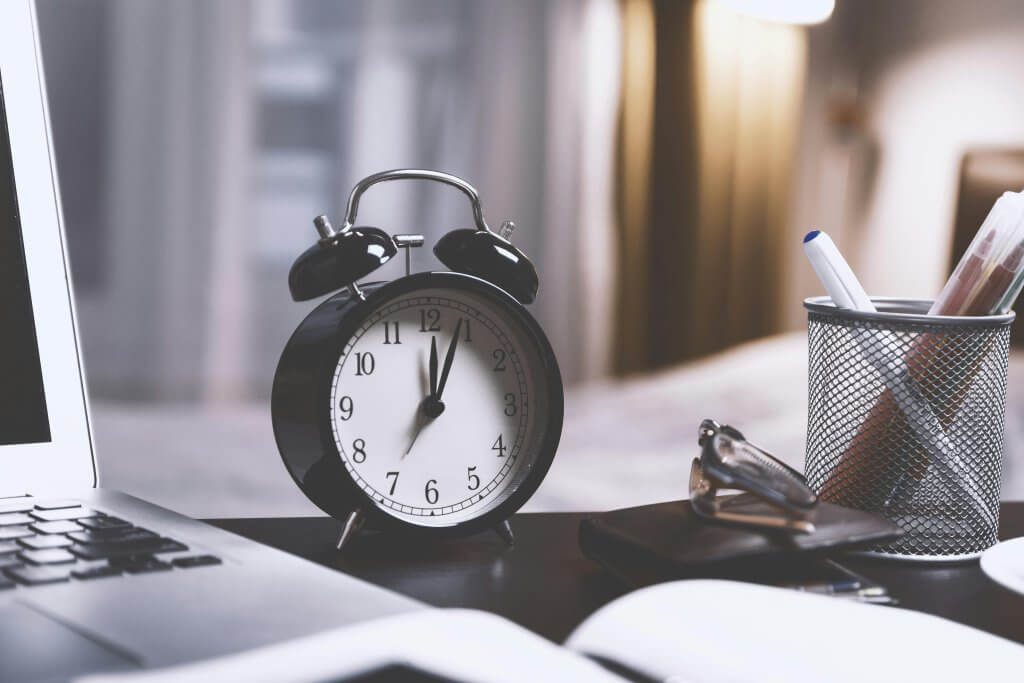If your company owes money to HMRC and you’re worried about being held personally liable, you may have heard of something called a Personal Liability Notice, or PLN. These are serious legal documents, issued when HMRC believes a company director has acted improperly and should be made personally responsible for unpaid tax debts.
So what exactly is a Personal Liability Notice, when are they used, and what should you do if one lands on your doorstep?
What is a Personal Liability Notice?
A Personal Liability Notice is a legal tool that allows HMRC to transfer a company tax debt to an individual, usually a director or shadow director. If a PLN is issued, it means HMRC believes that you personally should pay part or all of the company’s outstanding tax bill.
Personal Liability Notices aren’t issued lightly. They’re used in situations where HMRC believes the company debt wasn’t just the result of business difficulties, but of deliberate wrongdoing or neglect by someone in control.
Once issued, a PLN effectively bypasses the legal protection of limited liability and can result in personal bankruptcy if unpaid.
When can HMRC issue a Personal Liability Notice?
HMRC can issue a PLN when it believes the company’s tax debt arose because of deliberate behaviour—such as fraud, neglect or misconduct.
Common triggers include:
- Repeated non-payment of VAT, PAYE or NICs even after warnings
- Using withheld taxes (like PAYE) to fund the business, rather than passing them on to HMRC
- Misusing a Bounce Back Loan or other government support
- Shutting down a company and starting a new one with the same directors, staff or customers, without paying tax debts (also known as creating a ‘phoenix company‘)
- Continuing to trade while insolvent, especially when the company is knowingly accruing debts it can’t repay
In other words, if HMRC believes you’ve crossed the line from honest business difficulties into misconduct, a Personal Liability Notice could follow.
What happens if I receive a PLN?
If HMRC sends you a Personal Liability Notice, it means they believe you are responsible for the unpaid tax. This is not just a warning. It’s a demand for payment, and it’s enforceable through the courts. Here’s what you need to do straight away:
- Don’t ignore it. Doing nothing will only make things worse. HMRC can take enforcement action, including court proceedings and even personal bankruptcy.
- Seek immediate professional advice. A licensed insolvency practitioner can help you assess the notice, understand your legal position and challenge it if appropriate.
- Check the facts. Was the debt really incurred through misconduct? Can you provide evidence of your efforts to act responsibly as a director?
- Respond within the time limit. PLNs often come with a deadline to reply or appeal. Missing this could mean losing the chance to dispute it.
Can a Personal Liability Notice be challenged?
Yes, but time is of the essence. If you believe the Personal Liability Notice has been issued unfairly, you may be able to challenge it. A successful defence typically hinges on showing that:
- You acted responsibly and within your duties as a director
- You were not involved in the decisions that led to the debt
- You weren’t a director, or shadow director, during the relevant period
- You had no control over the company’s financial decisions
It’s crucial to present evidence—emails, board meeting notes, financial records—to support your position. If you have any doubt about your standing, get expert advice. A skilled insolvency professional can help you build a defence and negotiate with HMRC if needed.
Will a PLN affect my credit or personal assets?
Yes. If you can’t pay the amount demanded in the notice, you can be held personally liable for company debt to HMRC. This could mean:
- court action to secure payment
- a charging order against your home
- bailiff action, or
- bankruptcy proceedings.
Once a Personal Liability Notice is in place, the protection of limited liability is effectively removed for that specific debt. So if you’ve been relying on the company structure to shield your personal finances, that no longer applies for the amount covered by the notice.
Can a Personal Liability Notice be avoided?
The best way to avoid a PLN is to act early and responsibly. That means:
- Keeping tax payments up to date—or talking to HMRC as soon as you hit difficulty
- Avoiding trading while insolvent
- Not using tax money (e.g. PAYE or VAT) to fund general expenses
- Documenting your decisions and advice received, especially if you’re in a minority position on the board
- Seeking insolvency advice at the first sign of trouble—not when things are beyond repair
If your business is struggling, acting early can protect both the company and your personal position. Waiting too long increases the risk of HMRC believing you acted irresponsibly, even if you didn’t mean to.
How does liquidation affect PLNs?
If your company enters Creditors’ Voluntary Liquidation (CVL), any tax debts will be dealt with through the liquidation process. But HMRC may still issue a PLN if they believe wrongdoing has occurred.
A well-managed CVL, with full transparency and proper advice, can help reduce the risk of a Personal Liability Notice. It shows HMRC you’re taking responsible steps to address the situation and aren’t trying to avoid your duties.
Don’t panic…but don’t delay
A Personal Liability Notice is one of the most serious steps HMRC can take against a director. But that doesn’t mean all is lost.
If you’ve received a PLN or fear one may be coming, the key is to act quickly and get proper support. With the right advice, you may be able to challenge the notice, reduce your liability, or protect yourself through a formal insolvency process.
Need help now?
If you’re worried about personal liability for company debts, especially to HMRC, get in touch today. Our licensed insolvency practitioners offer confidential, practical advice tailored to your situation. We’ll help you understand your risk and plan your next move, before HMRC makes it for you.




